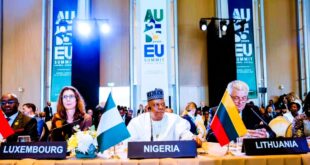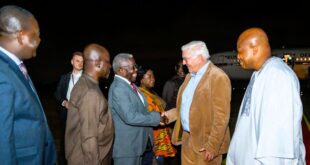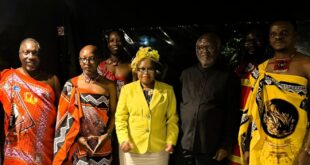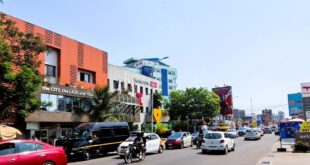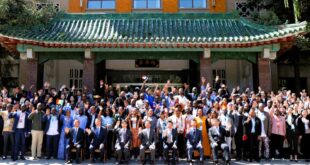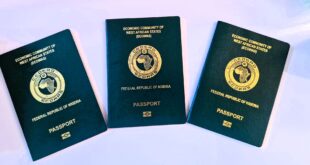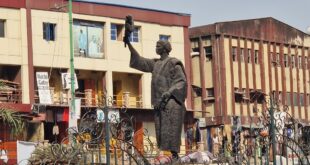On 9 September, Ethiopia officially inaugurated its Grand Ethiopian Renaissance Dam (GERD), now Africa’s largest hydroelectric project. Located on the Blue Nile near the Sudanese border, the US$5 billion dam stands 170 meters tall and stretches nearly 2 kilometers across the river. With a capacity to generate 5,150 megawatts of electricity, GERD is poised to significantly enhance Ethiopia’s energy infrastructure and support regional development.
The project has been a source of national pride for Ethiopians, who largely financed its construction through public contributions and government bonds. Prime Minister Abiy Ahmed hailed the dam as a testament to Ethiopia’s resilience and ambition, emphasizing its potential to transform the nation’s energy landscape and stimulate economic growth.
However, the dam has sparked significant tensions with downstream countries, particularly Egypt and Sudan, which rely heavily on the Nile for water resources. Egypt, which depends on the Nile for over 90% of its freshwater, views the GERD as a potential threat to its water security. The Egyptian government has expressed concerns that the dam could reduce the flow of water downstream, especially during drought periods, and has called for legally binding agreements on the dam’s operation to safeguard its interests.
Sudan has adopted a more neutral stance, acknowledging Ethiopia’s right to utilize its natural resources while expressing concerns about the dam’s impact on water availability for irrigation and the potential for flooding. Sudanese officials have urged for comprehensive cooperation and agreements among the three countries to ensure equitable and sustainable management of the Nile’s resources.
Despite these concerns, early reports indicate that Ethiopia has managed the filling of the dam’s reservoir cautiously, aligning with favourable rainfall patterns, which has mitigated immediate downstream impacts. Nonetheless, the long-term effects remain uncertain, and the situation underscores the complexities of managing shared water resources in a region where water scarcity is an escalating challenge, experts say.
The GERD’s inauguration marks a pivotal moment in Ethiopia’s development trajectory, symbolizing both the nation’s aspirations and the intricate geopolitical dynamics of the Nile Basin. As the dam becomes fully operational, it will be crucial for Ethiopia, Egypt and Sudan to engage in constructive dialogue and cooperation to address mutual concerns and promote regional stability.
For Africans in the diaspora, particularly those in Europe, the GERD represents a significant milestone in African-led infrastructure development. It underscores the continent’s growing capacity to undertake large-scale projects independently and the importance of fostering regional cooperation to address shared challenges. The dam’s successful operation could serve as a model for other African nations seeking to harness their natural resources for sustainable development.
As the situation evolves, it will be essential for the international community, especially the African Union, to support dialogue and collaboration among the Nile Basin countries, ensuring that the benefits of the GERD are equitably shared and contribute to the broader goals of peace and prosperity in the region.
Sola Jolaoso
 THE AFRICAN COURIER. Reporting Africa and its Diaspora! The African Courier is an international magazine published in Germany to report on Africa and the Diaspora African experience. The first issue of the bimonthly magazine appeared on the newsstands on 15 February 1998. The African Courier is a communication forum for European-African political, economic and cultural exchanges, and a voice for Africa in Europe.
THE AFRICAN COURIER. Reporting Africa and its Diaspora! The African Courier is an international magazine published in Germany to report on Africa and the Diaspora African experience. The first issue of the bimonthly magazine appeared on the newsstands on 15 February 1998. The African Courier is a communication forum for European-African political, economic and cultural exchanges, and a voice for Africa in Europe.









